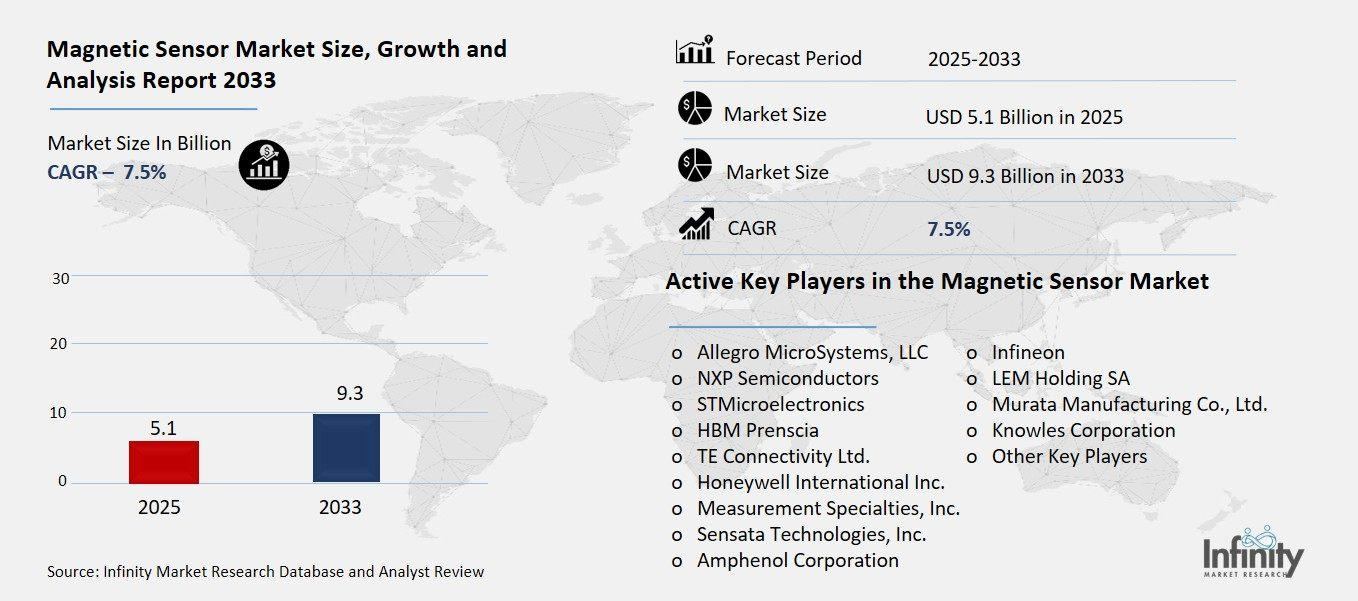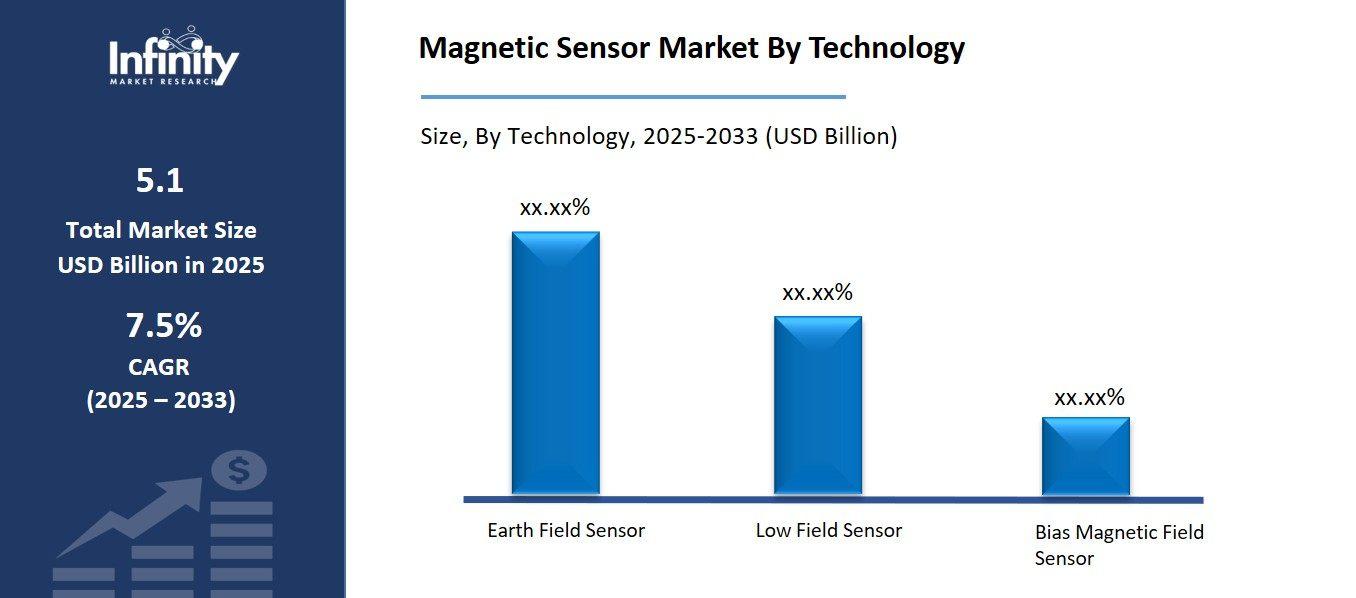
🔐 Secure Payment Guaranteed
Safe checkout with trusted global payment methods.
🌟 Why Choose Infinity Market Research?
At Infinity Market Research, we dont just deliver data — we deliver clarity, confidence, and competitive edge.
In a world driven by insights, we help businesses unlock the infinite potential of informed decisions.
Here why global brands, startups, and decision-makers choose us:
Industry-Centric Expertise
With deep domain knowledge across sectors — from healthcare and technology to manufacturing and consumer goods — our team delivers insights that matter.
Custom Research, Not Cookie-Cutter Reports
Every business is unique, and so are its challenges. Thats why we tailor our research to your specific goals, offering solutions that are actionable, relevant, and reliable.
Data You Can Trust
Our research methodology is rigorous, transparent, and validated at every step. We believe in delivering not just numbers, but numbers that drive real impact.
Client-Centric Approach
Your success is our priority. From first contact to final delivery, our team is responsive, collaborative, and committed to your goals — because you re more than a client; you re a partner.
Recent Reports
Global Myopia Control Lenses Market Report 2025-33
Hyaluronic Acid-based Dermal Fillers Market Report
Magnetic Sensor Market
Magnetic Sensor Market Global Industry Analysis and Forecast (2025-2033) by Type (GMR (Giant Magneto-Resistance), Hall Effect, TMR (Tunnel Magneto-Resistance), AMR (Anisotropic Magneto-Resistive), and Other Types), Technology (Earth Field Sensor, Low Field Sensor, and Bias Magnetic Field Sensor), Application (Automotive, Industrial, Consumer Electronics, Aerospace and Defense, Energy and Power, Healthcare, and Other Applications) and Region
Jul 2025
Semiconductor and Electronics
Pages: 138
ID: IMR2115
Magnetic Sensor Market Synopsis
The global magnetic sensor market was valued at USD 4.7 billion in 2024 and is expected to grow from USD 5.1 billion in 2025 to USD 9.3 billion by 2033, reflecting a CAGR of 7.5% over the forecast period.
The magnetic sensor market is the international industry concerned with the research, manufacture, and sale of sensors which can measure changes in magnetic fields. Such sensors have some common applications that include automotive systems (e.g. in position sensing and speed sensing), consumer industry goods (e.g. in smartphones, tablet replicas) industrial automation systems and medical equipment. The market is stimulated by growing demand of the advanced sense solutions in automobiles, the Industry 4.0 automation, and the smart devices. Precision and reliability predominate the space through the use of such technologies as Hall-effect sensors, magnetoresistive sensors, and fluxgate sensors.

Magnetic Sensor Market Driver Analysis
Growing Adoption in Automotive Industry
Automotive Magnetic sensors significantly support the automotive industry by making progress in advanced driver-assistance systems (ADAS), electric power steering, speed detection and position sensing of electric and hybrid cars. Through these sensors, it becomes possible to measure and track in real time a number of vehicle parts accurately, a feature that is useful to enhance safety, performance, and also energy consumption. At ADAS, the magnetic sensors serve functions to create features that involve lane-keeping assistance, adaptive cruise control, and automatically braking by capturing high accuracy on the speed and positions of the wheels. They are used to sense torque and steering angle in the electric power steering systems, which make them respond swiftly.
Magnetic Sensor Market Restraint Analysis
High Sensitivity to External Magnetic Interference
External magnetic fields can interfere with the usage of magnetic sensors by affecting their sensitivity to the targeted signals due to the performance degradation caused by such external magnetic fields. These external influences in an area where electromagnetic interference (EMI) is considered (i.e., the vicinity of heavy machinery, power lines, or other electronic equipment) can alter the sensor readings resulting in decrease in their reliability and possible errors being made on the system. Such sensitivity is a problem, especially in high-priority applications such as in industrial automation or automotive safety systems, where precision and and repeatability are critical.
Magnetic Sensor Market Opportunity Analysis
Growth in Electric and Autonomous Vehicles
Rising uses of both electric vehicles (EVs) and autonomous vehicles are accompanying the requirement of high-performance magnetic sensing technologies to rise significantly. All of these sensors are necessary to assure effective position, speed, and current sensations within various automobile systems: motor control, battery management, and navigation. Magnetic sensors enable EVs to check the direction of motor rotation and maximize its usage, which leads to better performance and efficiency. They are essential in autonomous vehicles, as they facilitate high precision in the movement and awareness of space, which is crucial to the operation in terms of safety and reliability. The demand of high-quality, reliable, and durable magnetic sensors is likely to increase considerably with the events of electrification and automation of automotive industry.
Magnetic Sensor Market Trend Analysis
Shift Toward Contactless Sensing
Non-contact position and current sensing is increasingly needed, particularly in hygienically critical or otherwise harsh areas. The magnetic sensors are especially suited to such applications because, being a non-contact sensor there are reduced stresses involved, as well as a minimised risk of contamination. Where hygiene and sterility is paramount (as in food processing, pharmaceuticals and healthcare) non-contact sensing conforms to hygiene standards. On the same note, the magnetic sensors can be used in the industrial environment handling dust, moisture, high temperatures, and in corrosive environments where they perform reliably and are not influenced by the harsh environment.
Magnetic Sensor Market Segment Analysis
The Magnetic Sensor Market is segmented on the basis of Type, Technology, and Application.
By Type
o GMR (Giant Magneto-Resistance)
o Hall Effect
o TMR (Tunnel Magneto-Resistance)
o AMR (Anisotropic Magneto-Resistive)
o Other Types
By Technology
o Earth Field Sensor
o Low Field Sensor
o Bias Magnetic Field Sensor
By Application
o Automotive
o Industrial
o Consumer Electronics
o Aerospace and Defense
o Energy and Power
o Healthcare
o Other Applications
By Region
o North America (U.S., Canada, Mexico)
o Eastern Europe (Bulgaria, The Czech Republic, Hungary, Poland, Romania, Rest of Eastern Europe)
o Western Europe (Germany, UK, France, Netherlands, Italy, Russia, Spain, Rest of Western Europe)
o Asia Pacific (China, India, Japan, South Korea, Malaysia, Thailand, Vietnam, The Philippines, Australia, New-Zealand, Rest of APAC)
o Middle East & Africa (Turkey, Bahrain, Kuwait, Saudi Arabia, Qatar, UAE, Israel, South Africa)
o South America (Brazil, Argentina, Rest of SA)
By Type, Half Effect Segment is Expected to Dominate the Market During the Forecast Period
The types discussed in this research study, the half effect segment is expected to account for the largest market share of magnetic sensor market in the forecast period.
By Technology, the Bias Magnetic Field Sensor Segment is Expected to Held the Largest Share
The bias magnetic field sensor segment is likely to dominate the market. Bias magnetic field sensors are likely to be the most used magnetic sensor technology category since they are highly sensitive and precise and can be used in diverse applications in the various industries. Such sensors work in the presence of an external magnetization field, called as magnetic bias field, with which magnetic fields can be detected in their variation with a greater precision.

By Application, the Automotive Segment is Expected to Held the Largest Share
The automotive segment is expected to hold the largest share of the magnetic sensor market by application during the forecast period. The increase is contributed to the fact that there is an expansion of the use of magnetic sensors in contemporary vehicles where they are used in functions like position sensing, speed detection, current monitoring and torque measurement. Usage: synthetic motor controller sov, electric power steering, novel-antique break technology (ABS), and advanced driver-assistance systems (ADAS).
Magnetic Sensor Market Regional Insights
North America is Expected to Dominate the Market Over the Forecast period
North America is anticipated to lead the magnetic sensor market throughout the forecast period, driven by strong demand across automotive, industrial, and consumer electronics sectors. Some of the leading automotive and technology firms are headquartered in the region and are pioneers in the use of advanced sensors, especially in electric vehicles (EVs), self-driving cars, and robotic-related industrial applications. Also, the increased focus on intelligent infrastructure and the integration of IoT facilitates broad use to magnetic sensors in smart devices and networks. Strong R&D operations, favorable government policies, and availability of top market players also makes North America one of the most dominant region in the global magnetic sensor industry.
Recent Development
In December 2024, Allegro Microsystems, Inc. launched a new range of magnetic sensing solutions designed to support diverse engineering applications. During Electronica 2024 held in Munich this past November, the company introduced advanced inductive position sensors, along with a series of low-power magnetic switches and latches.
In June 2024, TDK Corporation introduced a new stray-field resistant 3D magnetic position sensor capable of managing external signal processing. Specifically designed to meet the stringent requirements of modern automotive and industrial applications, the HAL/HAR 3936 represents a significant advancement in magnetic position sensing technology.
Active Key Players in the Magnetic Sensor Market
o STMicroelectronics
o HBM Prenscia
o TE Connectivity Ltd.
o Honeywell International Inc.
o Measurement Specialties, Inc.
o Sensata Technologies, Inc.
o Amphenol Corporation
o Infineon
o LEM Holding SA
o Murata Manufacturing Co., Ltd.
o Knowles Corporation
o Other Key Players
Global Magnetic Sensor Market Scope
|
Global Magnetic Sensor Market | |||
|
Base Year: |
2025 |
Forecast Period: |
2025-2033 |
|
Historical Data: |
2017 to 2024 |
Market Size in 2024: |
USD 4.7 Billion |
|
Market Size in 2025: |
USD 5.1 Billion | ||
|
Forecast Period 2025-33 CAGR: |
7.5% |
Market Size in 2033: |
USD 9.3 Billion |
|
Segments Covered: |
By Type |
· GMR (Giant Magneto-Resistance) · Hall Effect · TMR (Tunnel Magneto-Resistance) · AMR (Anisotropic Magneto-Resistive) · Other Types | |
|
By Technology |
· Earth Field Sensor · Low Field Sensor · Bias Magnetic Field Sensor | ||
|
By Application |
· Automotive · Industrial · Consumer Electronics · Aerospace and Defense · Energy and Power · Healthcare · Other Applications | ||
|
By Region |
· North America (U.S., Canada, Mexico) · Eastern Europe (Bulgaria, The Czech Republic, Hungary, Poland, Romania, Rest of Eastern Europe) · Western Europe (Germany, UK, France, Netherlands, Italy, Russia, Spain, Rest of Western Europe) · Asia Pacific (China, India, Japan, South Korea, Malaysia, Thailand, Vietnam, The Philippines, Australia, New-Zealand, Rest of APAC) · Middle East & Africa (Turkey, Bahrain, Kuwait, Saudi Arabia, Qatar, UAE, Israel, South Africa) · South America (Brazil, Argentina, Rest of SA) | ||
|
Key Market Drivers: |
· Growing Adoption in Automotive Industry | ||
|
Key Market Restraints: |
· High Sensitivity to External Magnetic Interference | ||
|
Key Opportunities: |
· Growth in Electric and Autonomous Vehicles | ||
|
Companies Covered in the report: |
· Allegro MicroSystems, LLC, NXP Semiconductors, STMicroelectronics, HBM Prenscia, and Other Key Players. | ||
📘 Frequently Asked Questions
1. What would be the forecast period in the Magnetic Sensor Market Research report?
Answer: The forecast period in the Magnetic Sensor Market Research report is 2025-2033.
2. Who are the key players in the Magnetic Sensor Market?
Answer: Allegro MicroSystems, LLC, NXP Semiconductors, STMicroelectronics, HBM Prenscia, and Other Key Players.
3. What are the segments of the Magnetic Sensor Market?
Answer: The Magnetic Sensor Market is segmented into Type, Technology, Application, and Regions. By Type, the market is categorized into GMR (Giant Magneto-Resistance), Hall Effect, TMR (Tunnel Magneto-Resistance), AMR (Anisotropic Magneto-Resistive), and Other Types. By Technology, the market is categorized into Earth Field Sensor, Low Field Sensor, and Bias Magnetic Field Sensor. By Application, the market is categorized into Automotive, Industrial, Consumer Electronics, Aerospace and Defense, Energy and Power, Healthcare, and Other Applications. By region, it is analyzed across North America (U.S.; Canada; Mexico), Eastern Europe (Bulgaria; The Czech Republic; Hungary; Poland; Romania; Rest of Eastern Europe), Western Europe (Germany; UK; France; Netherlands; Italy; Russia; Spain; Rest of Western Europe), Asia-Pacific (China; India; Japan; Southeast Asia, etc.), South America (Brazil; Argentina, etc.), Middle East & Africa (Saudi Arabia; South Africa, etc.).
4. What is the Magnetic Sensor Market?
Answer: The magnetic sensor market refers to a part of the whole sensor industry which deals with magnetic field detecting tools that transform the sensed magnetic field into electrical output with a view of serving different purposes. Such sensors are most commonly employed in measuring things like position, speed, direction and current, and are vital in automotive applications (e.g. anti-lock brakes, transmission/engine positing), consumer electronic application (e.g. cell phone compasses), industrial automation, and in medical applications. The emerging need of high-technologies in electric vehicles, smart manufacturing, and the IoT-powered gadgets pushes this market.
5. How big is the Magnetic Sensor Market?
Answer: The Global Magnetic Sensor Market was valued at USD 4.7 billion in 2024 and is expected to grow from USD 5.1 billion in 2025 to USD 9.3 billion by 2033, reflecting a CAGR of 7.5% over the forecast period.


🔐 Secure Payment Guaranteed
Safe checkout with trusted global payment methods.
🌟 Why Choose Infinity Market Research?
- Accurate & Verified Data:Our insights are trusted by global brands and Fortune 500 companies.
- Complete Transparency:No hidden fees, locked content, or misleading claims — ever.
- 24/7 Analyst Support:Our expert team is always available to help you make smarter decisions.
- Instant Savings:Enjoy a flat $1000 OFF on every report.
- Fast & Reliable Delivery:Get your report delivered within 5 working days, guaranteed.
- Tailored Insights:Customized research that fits your industry and specific goals.




